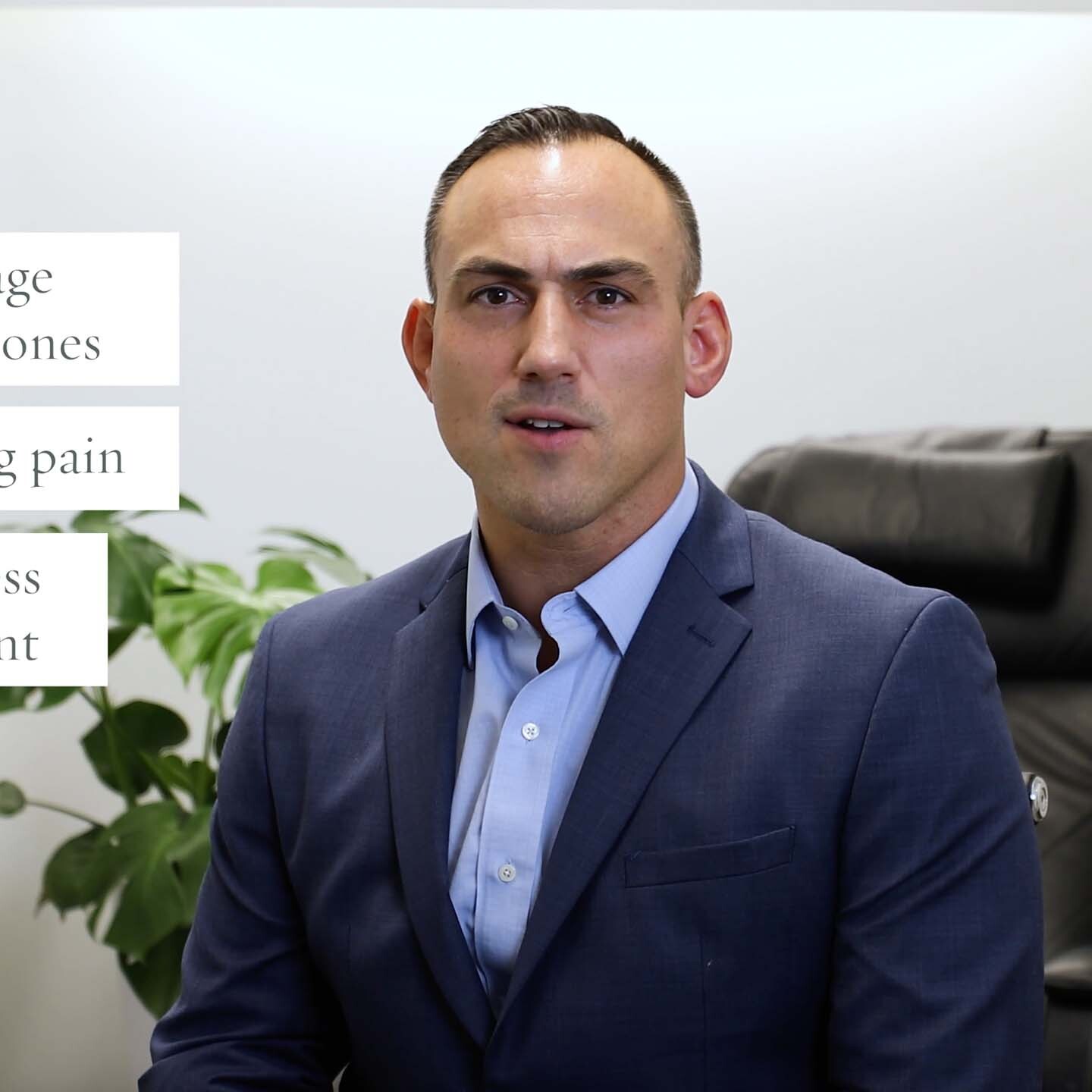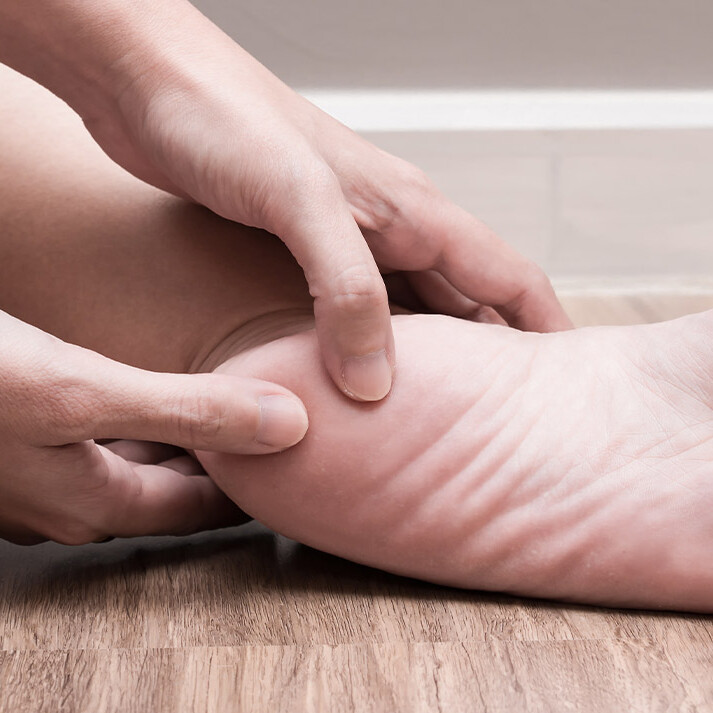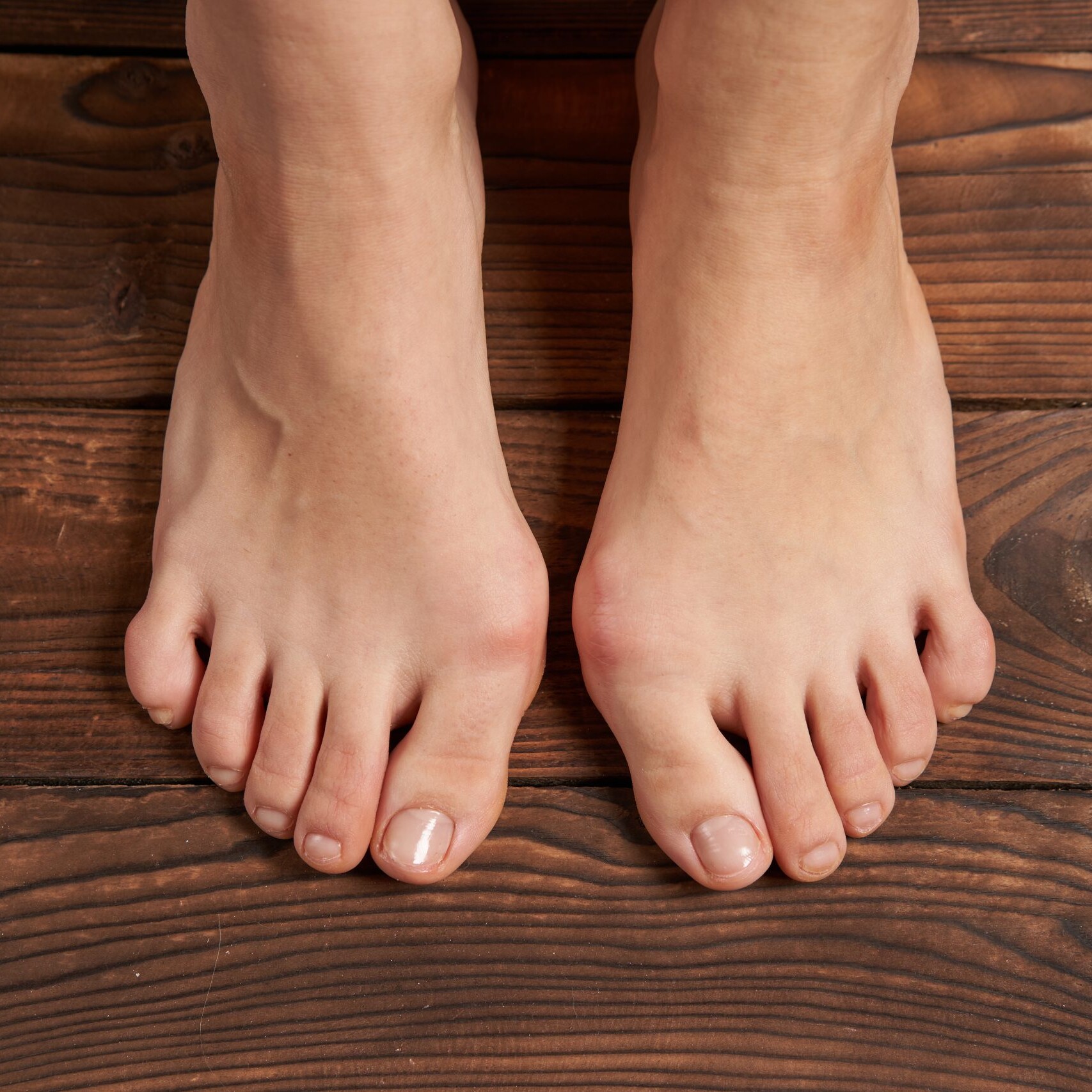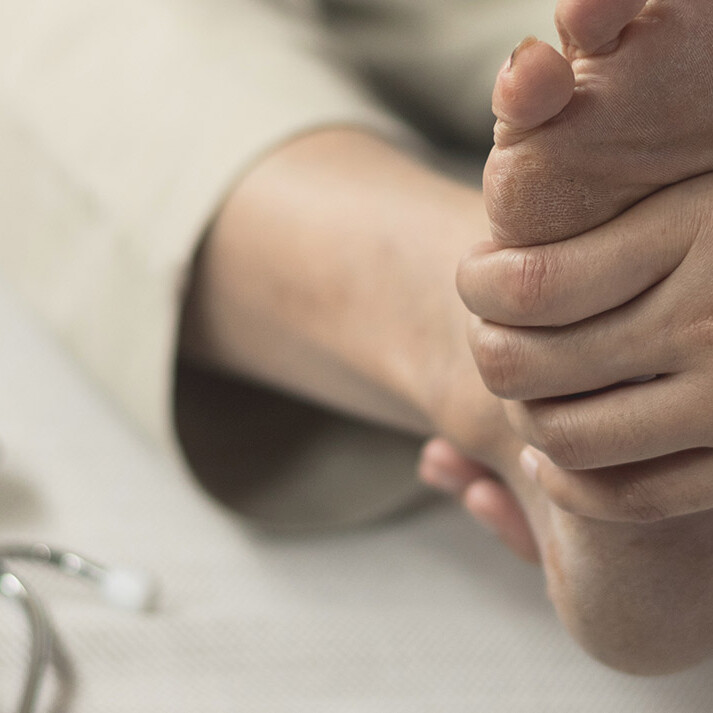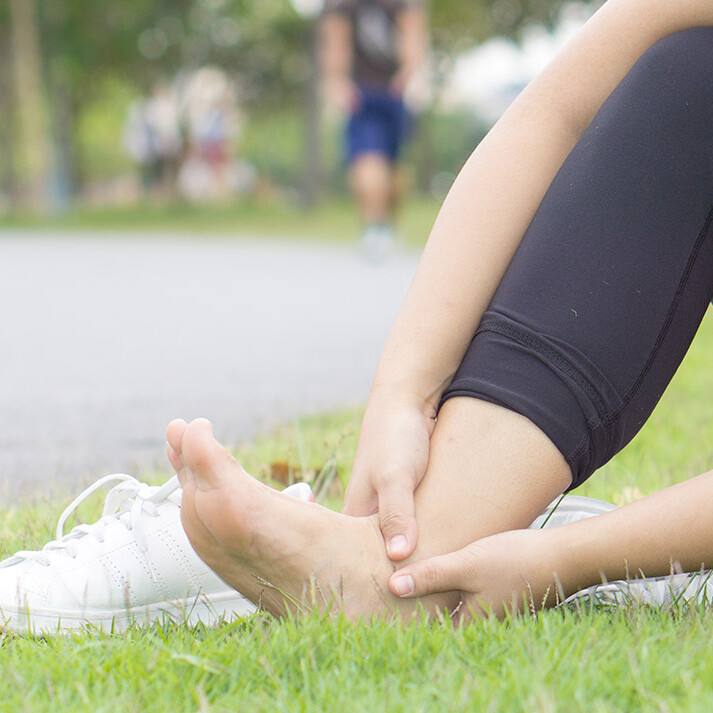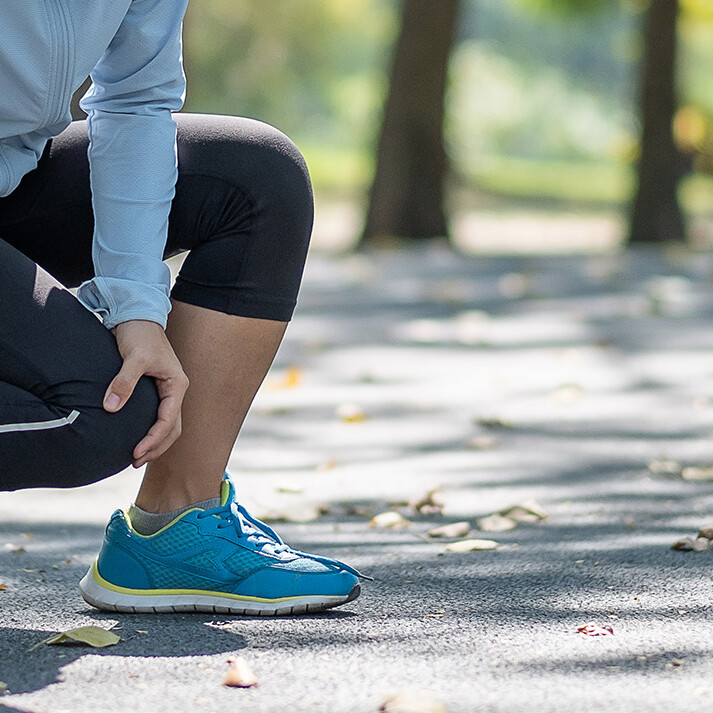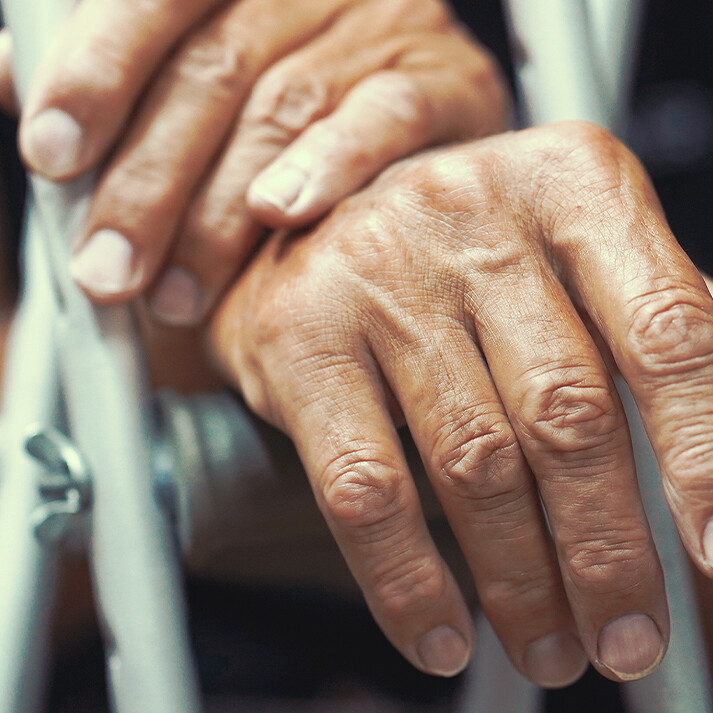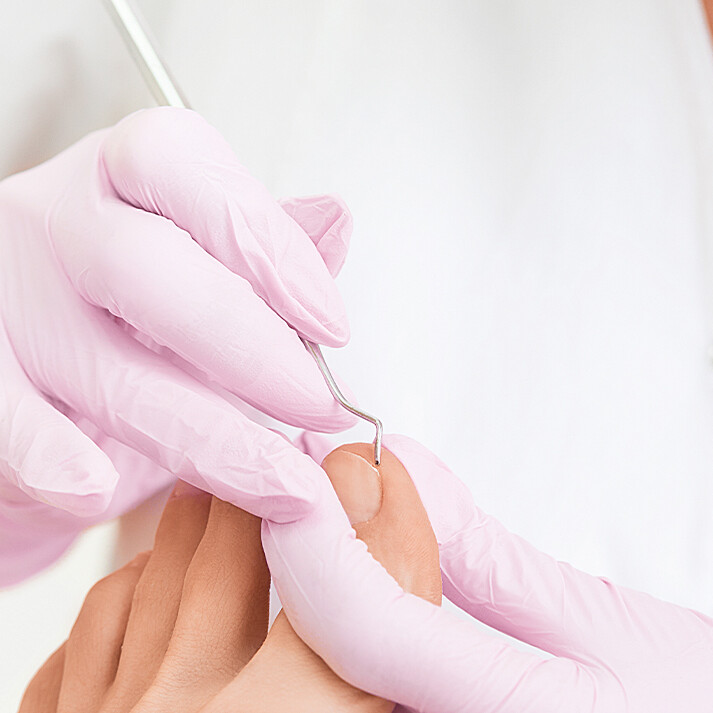Diabetic Foot Care
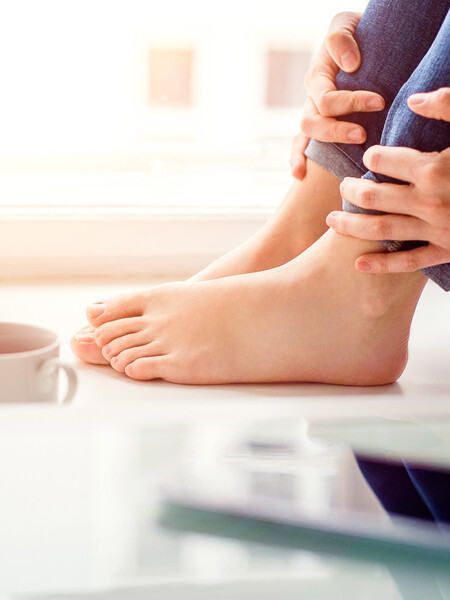
Diabetes & Your Feet
If you have diabetes, here’s a way to keep standing on your own two feet: check them every day—even if they feel fine—and visit Balance if you have a cut or blister that won’t heal. There’s a lot to manage if you have diabetes: checking your blood sugar, making healthy food, finding time to be active, taking medicines, going to doctor’s appointments. With all that, your feet might be the last thing on your mind. But daily care is one of the best ways to prevent foot complications. About half of all people with diabetes have some kind of diabetic neuropathy. You can have nerve damage in any part of your body, but nerves in your feet and legs are most often affected. Nerve damage can cause you to lose feeling in your feet.
Foot & Ankle Healthcare Solutions
- Routine Diabetic Foot Exams
- Preventative Foot Care
- Custom Fit Diabetic Shoes and Inserts
Tips for Healthy Feet
- Check your feet every day for cuts, redness, swelling, sores, blisters, corns, calluses, or any other change to the skin or nails. Use a mirror if you can’t see the bottom of your feet, or ask a family member to help
- Wash your feet every day in warm (not hot) water. Don’t soak your feet. Dry your feet completely and apply lotion to the top and bottom—but not between your toes, which could lead to infection
- Never go barefoot. Always wear shoes and socks or slippers, even inside, to avoid injury. Check that there aren’t any pebbles or other objects inside your shoes and that the lining is smooth
- Wear shoes that fit well. For the best fit, try on new shoes at the end of the day when your feet tend to be largest. Break in your new shoes slowly—wear them for an hour or two a day at first until they’re completely comfortable. Always wear socks with your shoes
- Trim your toenails straight across and gently smooth any sharp edges with a nail file. Our team at Balance will help you trim your toenails if you can’t see or reach your feet
- Don’t remove corns or calluses yourself, and especially don’t use over-the-counter products to remove them—they could burn your skin
- Get your feet checked at every health care visit. Also, visit Balance every year (more often if you have nerve damage) for a complete exam, which will include checking for feeling and blood flow in your feet
- Keep the blood flowing. Put your feet up when you’re sitting, and wiggle your toes for a few minutes several times throughout the day
- Choose feet-friendly activities like walking, riding a bike, or swimming. Check with one of our doctors regarding which activities are best for you and any you should avoid
When to Visit Balance
If you experience any of these symptoms, don’t wait for your next appointment. Schedule an appointment today.
- Pain in your legs or cramping in your buttocks, thighs, or calves during physical activity
- Tingling, burning, or pain in your feet
- Loss of sense of touch or ability to feel heat or cold very well
- A change in the shape of your feet over time
- Loss of hair on your toes, feet, and lower legs
- Dry, cracked skin on your feet
- A change in the color and temperature of your feet
- Thickened, yellow toenails
- Fungus infections such as athlete’s foot between your toes
- A blister, sore, ulcer, infected corn, or ingrown toenail


